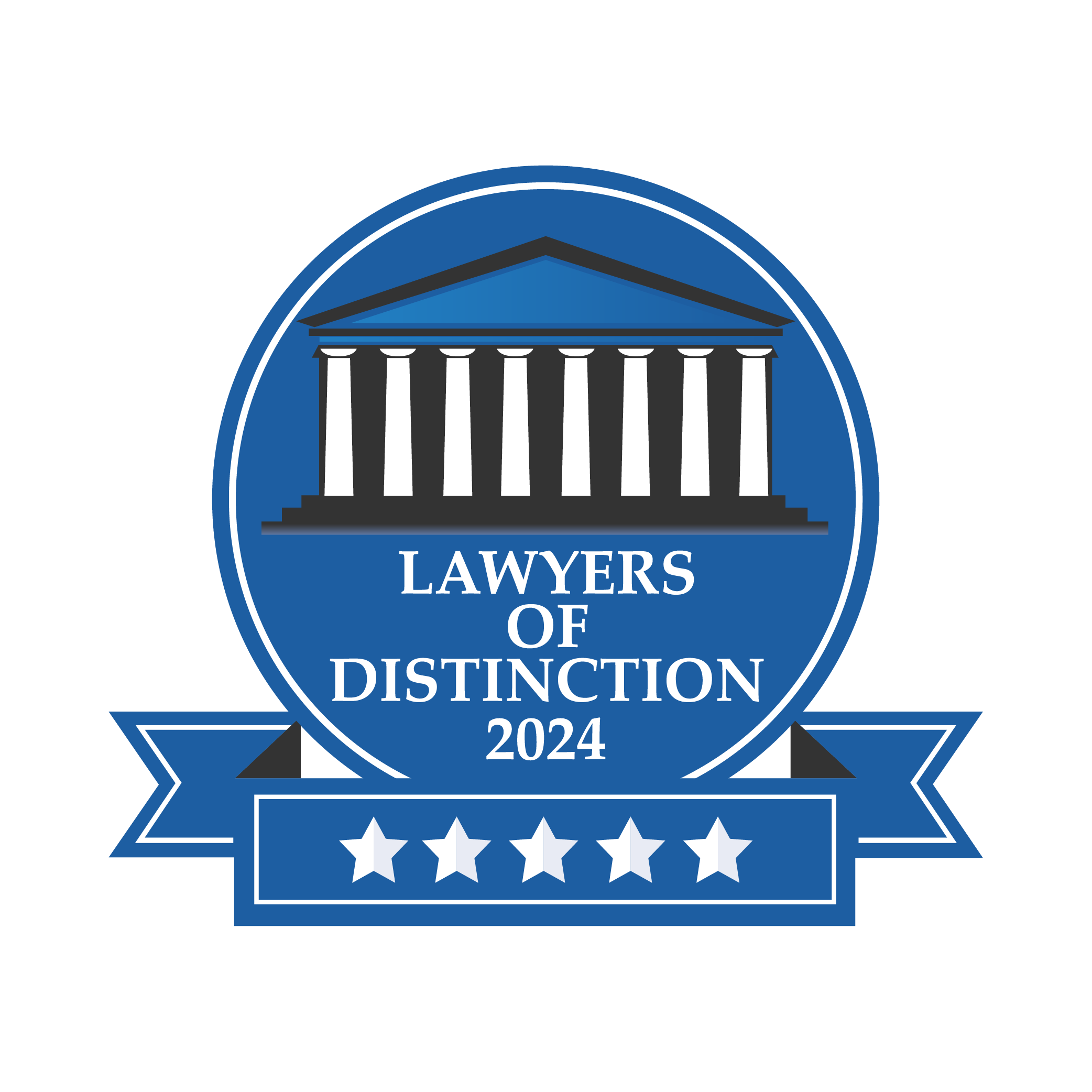Driving around the Silver State you’ll see everything from mountain passes to arid desert highways. The scenery is as diverse as it is stunning. Whether you’re taking in The Strip in Las Vegas or the wonder of engineering at the Hoover Dam, there’s no denying: Nevada has it all. The important thing is that you too have it all—Nevada car insurance coverage that is—so that you can relax as you drive through this beautiful state.
Basic coverage rules you need to know
The Nevada Department of Transportation (NDOT) requires every driver in the State of Nevada to have appropriate car insurance. Insurance prices in Nevada can vary from one company to another, even when looking at the same product, so it really makes sense to do your homework and explore multiple options to make sure you’re getting the best deal possible on car insurance in Nevada. Is Nevada a no-fault state? The answer is no—the state of Nevada is a “fault” state for car accidents and motorcycle accidents. This means the financial responsibility for losses as a result of an accident lies with the person who caused (or was at “fault” for causing) the accident.
Car insurance law for auto insurance coverage
The NDOT (Nevada Department of Transportation) requires vehicle owners to carry liability vehicle insurance with the following basics under Nevada auto insurance requirements:
- Bodily Injury Liability Coverage Per Person: $25,000
- Bodily Injury Liability Coverage Per Accident: $50,000
- Property Damage Liability Coverage: $20,000
Remember that according to Nevada insurance law, you need to have proof of insurance in your car at all times. What is liability coverage? This type of coverage will protect third parties (passengers, pedestrians, other drivers) who may be injured or had damage done to their car as a result of an accident. The liability coverage will not apply to any injuries you have sustained, nor does it cover damages to your car. For this you will need extra coverage, such as collision coverage.
What is the graduated licensing system?
The State of Nevada uses what is known as a graduated licensing system. This is a system whereby teenage drivers can get the experience necessary to become safe drivers. In short, it means that some restrictions and rules are put in place for certain times, such as while driving at night. Under the program teenagers go through two stages:
- Getting the learners permit
- Getting a full license.
Under the age of 18 it is necessary to take a DMV approved Nevada drivers’ education course. After completing the course, a written test must be passed to get the learners permit. Following this, the new driver will be allowed to drive only under the supervision of a licensed driver who is aged 21 or older and who has held a license for at least one year. Newly qualified teenagers must complete 50 hours of behind-the-wheel driving experience once their permit has been issued; 10 of these hours must be at night. A written log must be kept for the dates and times of the driving experience on a special DMV form which must be signed by a parent or guardian. Nevada car insurance laws state that you must have proof of completing all these steps before qualifying for full coverage.
Restrictions for teenage drivers
There are some restrictions for drivers aged 18 and younger in Nevada, under Nevada automobile insurance regulations. These include:
- No transport of other passengers who are under 18 for the first 6 months after the issue date of a license, though exceptions are made for immediate family members.
- No driving between 10 pm and 5 am unless going to a pre-programmed event (including work or school) which requires documented proof, if stopped by police.
Alternative Car Insurance in Nevada
If you have the misfortune to be involved in a car accident, you want to be sure you are completely covered under Nevada insurance law for all eventualities and costs. Damages to the other party will need to be covered, but what about damages to your car and injuries you sustain? Your liability policy does not cover these situations, so you will need to have extra insurance coverage to protect yourself. Some extra insurance coverage might include:
- Collision Coverage includes costs to damage of your own vehicle in the event of a car accident. Repair costs will be covered, although there will be a collision deductible which you need to cover before your insurance policy kicks in.
- Medical payments (MedPay) is where personal injury claims will be covered should you need to go to hospital or need medical consultation. You may have your own health insurance, but it might not always cover injuries or treatment in the event of a car accident. Medical payments insurance will cover these medical expenses. It is important to note that you will be covered for these expenses on this extra insurance regardless of the “at Fault” clause.
If you or anyone you know is in need of legal consultation following a car accident or regarding insurance matters, give us a call. The Las Vegas personal injury attorney at Valiente Mott Injury Attorneys knows every intrinsic detail about Nevada car accident laws and Nevada car insurance loophole possibilities. Our team of experts has been supporting people involved in complicated insurance claims for years. Let us do the same for you; we’d be happy to help.

